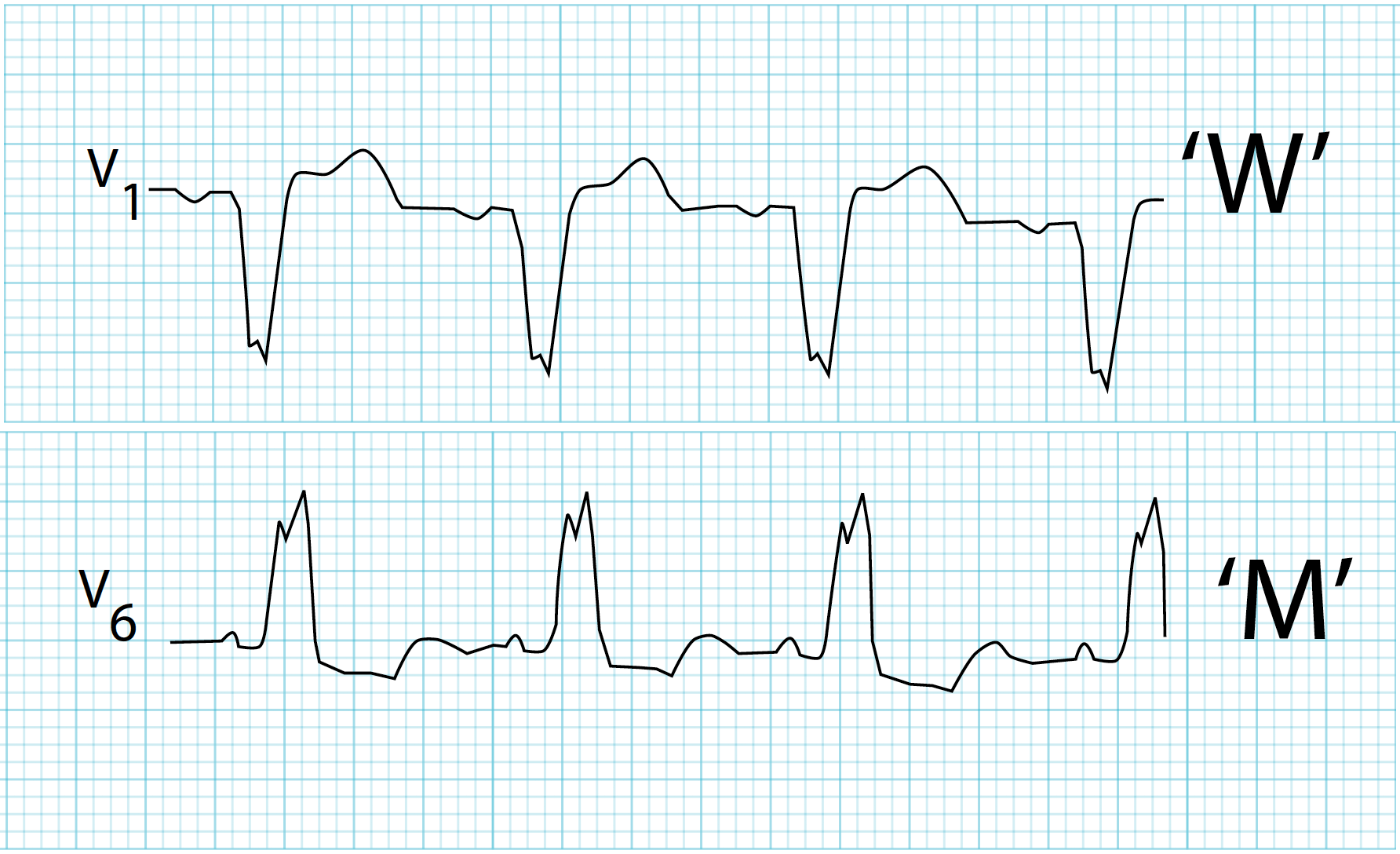

Finding a right bundle branch block is a signal to your doctor to look for other conditions, including: It occurs in many medical conditions.Ī right bundle branch block only occurs in medical conditions that affect the right side of the heart or lungs. However, it always interferes with using an electrocardiogram to diagnose heart disease.īundle branch block is a common disorder. It can also appear after an embolism in the lung.Ī block in the left bundle branch can sometimes be benign and not cause problems. It may be a sign of worsening heart conditions. The distortion usually is not enough to make diagnosing a heart attack difficult. It may also be caused as a result of a heart procedure.Ī block of the right bundle branch may cause an electrocardiogram to be distorted. It can also occur in people who have another underlying heart or lung problem. It may occur with natural degeneration of the hearts conduction system that occurs with age. Right bundle block happens more often in older people. This can cause the heart to eject slightly less blood. Because of this, the right ventricle contracts a little later than it normally would. The signal still gets to the right ventricle, but it is slowed down, compared to the left bundle. The electrical signal can't travel down this path the way it normally would. In right bundle branch block, there is a problem with the right branch of the conducting system that sends the electrical signal to the right ventricle. If it happens with a heart attack, it can be a sign of serious heart muscle damage. The muscle fibers that carry the signal from the atrioventricular node go into the wall that divides the ventricles and then splits into two branches, the bundle branches.Ī block in the right bundle branch can occur in people who otherwise seem normal. Shortly after the sinoatrial node releases its signal, it is received by the atrioventricular node, which in turn sends a signal to the ventricles causing them to contract and pump blood out of the heart. It creates an electrical signal that travels through the heart muscle fibers and causes the atria to contract and pump blood into the lower chambers. The master pacemaker of the heart is the sinoatrial node, a small mass of muscle cells at the top of the right chamber (atrium) of the heart. A bundle branch block is either a complete or a partial interruption of the electrical pathways inside the wall of the heart between the two lower chambers (ventricles).


 0 kommentar(er)
0 kommentar(er)
